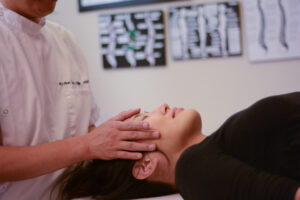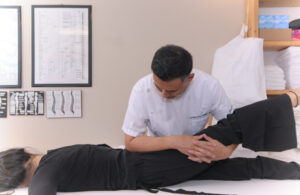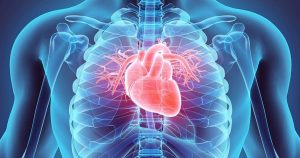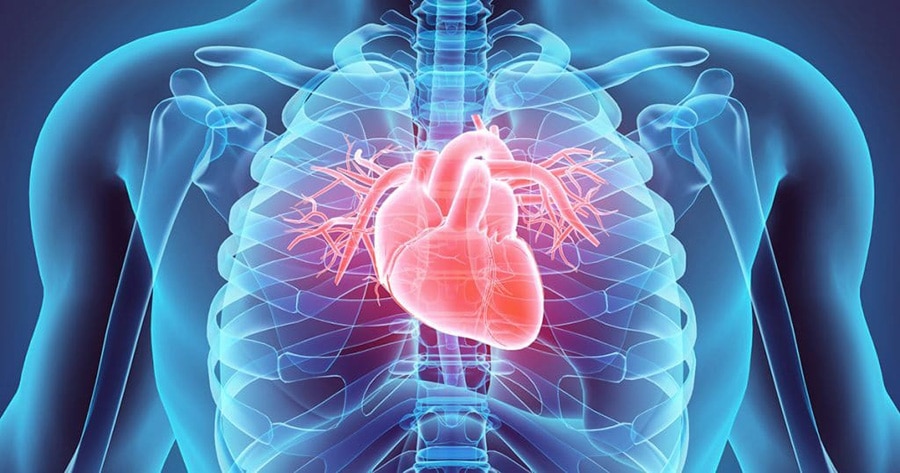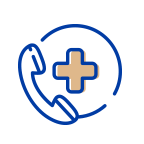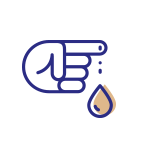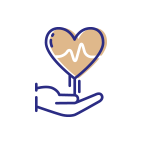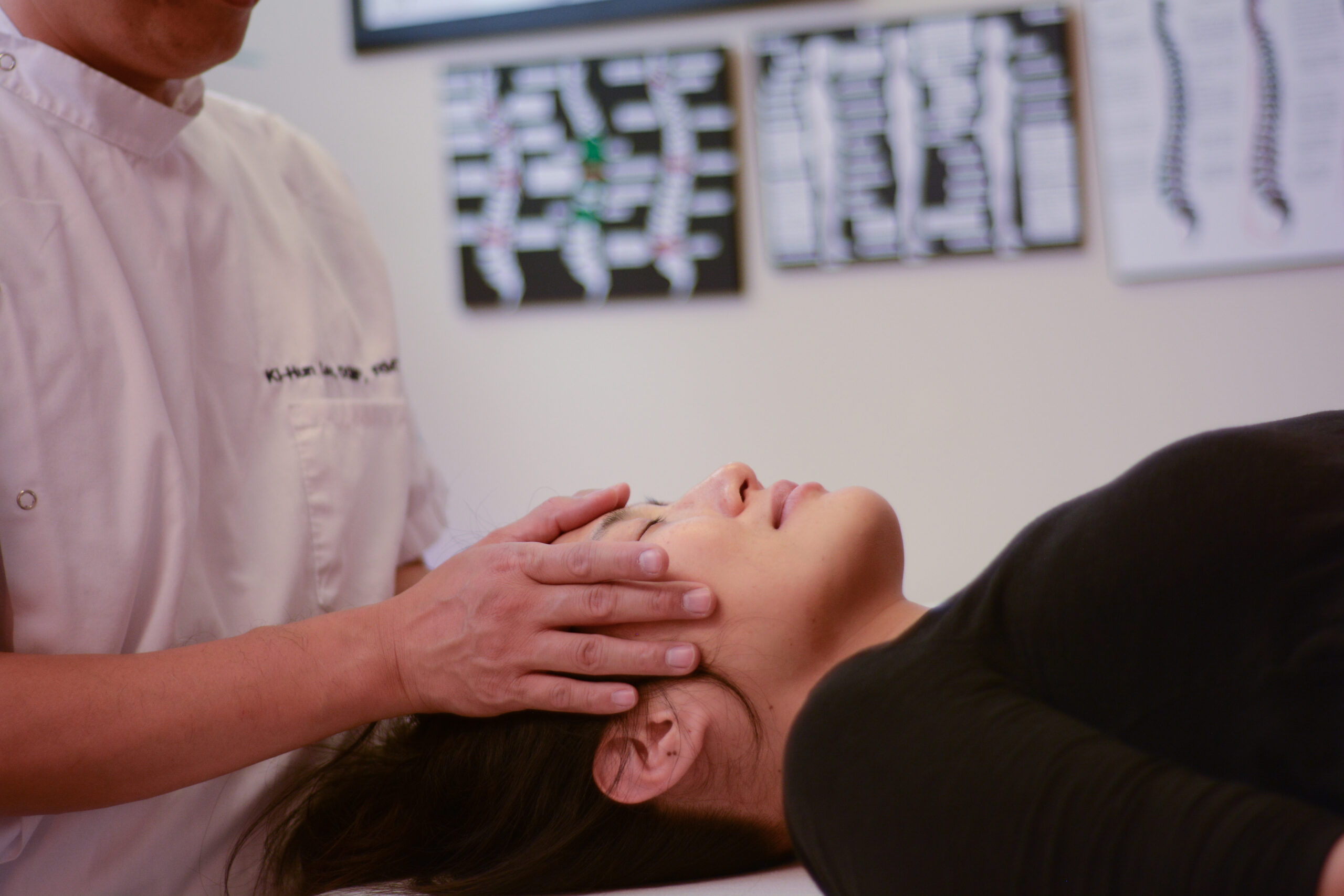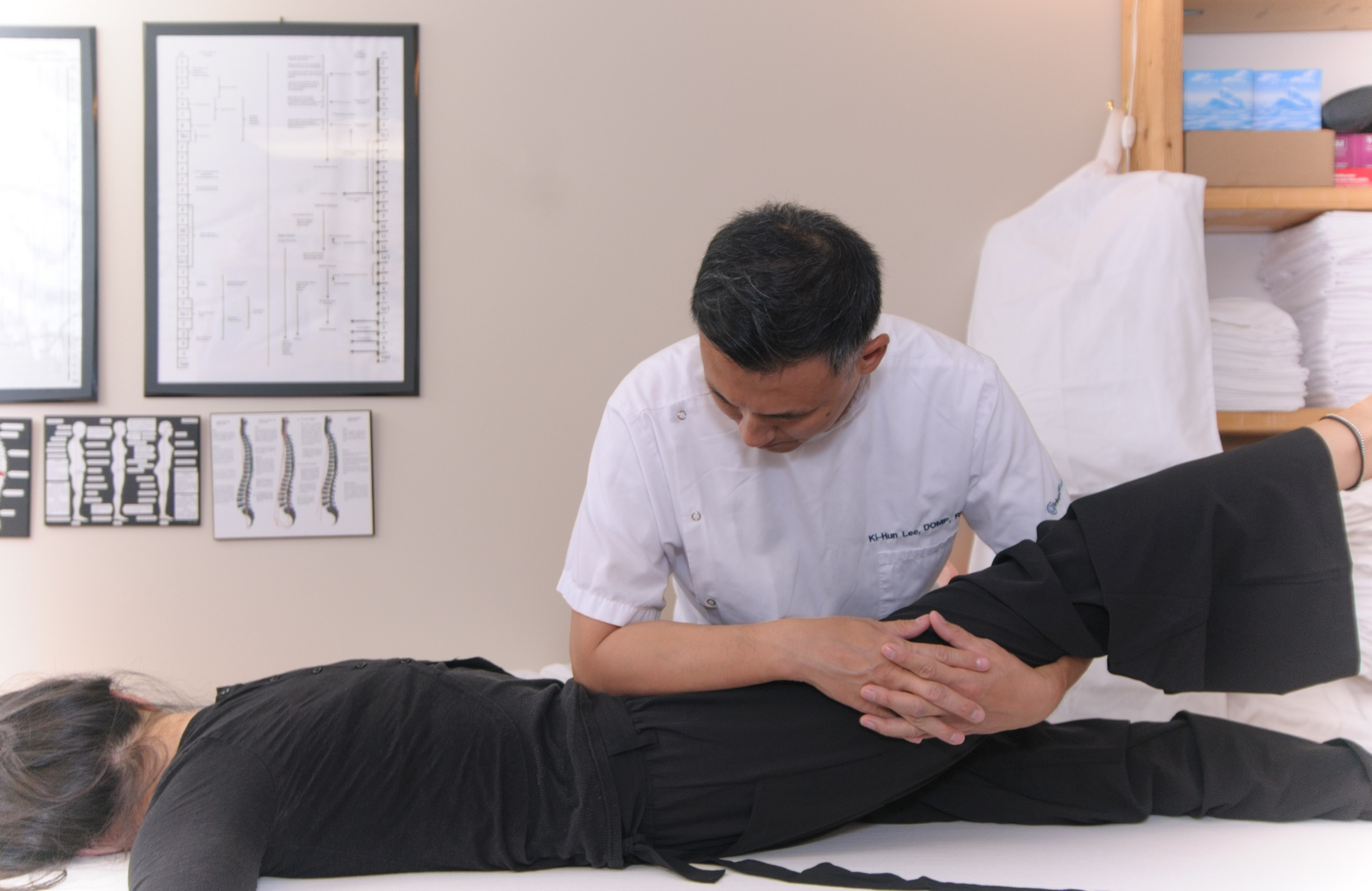Massage therapy benefits heart! If you’re looking to keep your heart in tip-top shape, in addition to your regular exercise routines and your healthy diet, you should consider adding regular massage treatments. There are many benefits to the heart from massage. Let’s look at how massage can be beneficial to your cardiac health.
Helping heart health with regular massage treatments
One of the biggest challenges we face in modern society is stress. What exactly is stress? It is our body’s response to pressure or danger. A barking dog, a looming deadline for a project, or our own thinking patterns can trigger a stress response in our bodies. You’ve probably heard of this as the “fight or flight” response.
Short term, the stress response can be helpful. It keeps us alert, focused, and in a state of heightened awareness. When the stressful situation is resolved, our bodies then go back to a calm state. Stress becomes a problem when it is frequent or goes on for an extended period of time. The body has to keep releasing stress hormones such as cortisol, adrenaline, and noradrenaline. The beneficial short term effects of these hormones are lost when the stress response is constantly being triggered. Our bodies weren’t meant to cope with constant levels of stress. It’s not healthy for us.
It’s well known that massage treatments help reduce stress. They do this in a number of ways. First off, physical touch is known to be a potent stress reducer. Dopamine and serotonin are two powerful neutrotransmitters that regulate mood and relieve stress and anxiety in the body. Massage therapy increases the level of these neurotransmitters helping to calm and relax the body and mind.
Massage also releases endorphins, which are hormones that have multiple functions within the body and brain. Endorphins are our body’s natural painkillers. They act like morphine in the body, blocking pain receptors and reducing the perception of pain. Because they are produced by our own bodies, endorphins don’t cause addictions like synthetic drugs. Endorphins also trigger positive feelings in the body. Have you heard of a runner’s high? That feeling and others like it are attributed to the release of endorphins in the body. Endorphins also work to relieve stress, which is also good for our heart’s health.
Having regular massage treatments is a great way to enhance your overall health. The added benefits to your heart can be even more profound. Reduce your stress and be kind to your heart. Book your next massage treatment today!

